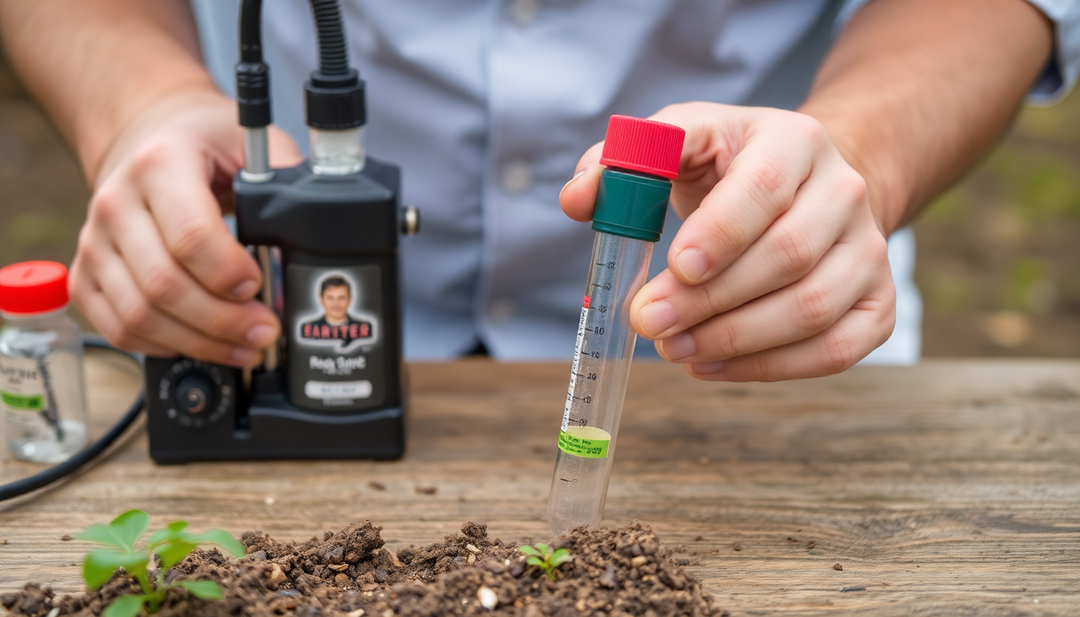BTEX pollution: understanding the risks and impacts on the environment

BTEX pollution: understanding the risks and analyses
Pollution by BTEX compounds (benzene, toluene, ethylbenzene, and xylenes) is a concern that affects the environment and human health. Various industrial sectors, such as the petroleum, chemical, and pharmaceutical industries, make extensive use of these volatile organic compounds (VOCs). Consequently, their presence in the environment can have adverse consequences on air, water, and soil quality.
What are BTEX compounds?
BTEX compounds are aromatic hydrocarbons found in fuels, solvents, paints, glues, and cleaning products. Authorities classify these substances as priority pollutants due to their toxicity and persistence in the environment. Here is a description of each compound:
- Benzene: A known carcinogen, benzene is a highly toxic volatile compound. It can be inhaled or absorbed through the skin, and long-term exposure causes serious health problems, including leukemia.
- Next, Toluene: Toluene is a solvent used in various industries. It can affect the central nervous system and cause headaches, dizziness, and impaired concentration.
- Ethylbenzene is a chemical compound used in the manufacture of synthetic rubber. It irritates the eyes and respiratory tract.
- Finally, xylenes are used as solvents and diluents in industry. They can affect the central nervous system, kidneys, and liver.
Sources of BTEX pollution
The many sources of BTEX pollution can be classified into two main categories:
- Anthropogenic sources: Human activity is the main source of BTEX pollution. Industrial discharges, fossil fuel combustion, underground tank leaks, and motor vehicle use are the main contributors.
- Natural sources: Although less significant than anthropogenic sources, natural sources can also contribute to BTEX pollution. Volcanic eruptions, forest fires, and the decomposition of organic matter can release these compounds into the environment.
Impacts of BTEX pollution
BTEX pollution has negative impacts on the environment and human health. The main impacts are:
- Air Quality: The presence of BTEX in the air can cause respiratory problems, eye and skin irritation, and an increased risk of cancer.
- Water quality: BTEX can dissolve in water and contaminate drinking water sources. They can affect aquatic life and human health if ingested.
- Soil quality : BTEX can accumulate in soil and contaminate agricultural crops. They can also affect plant growth and ecosystem health.
- Human Health : Exposure to BTEX can cause adverse effects on human health, including respiratory problems, neurological disorders, organ damage, and cancer.
BTEX pollution analysis
BTEX pollution analysis is essential to understand the extent of contamination and to implement corrective measures. Common analysis methods include:
- Gas Chromatography (GC): GC is a technique for separating and identifying different BTEX compounds in a sample. It is commonly used to analyze air, water, and soil.
- Mass Spectrometry (MS): MS is a technique for identifying and quantifying BTEX compounds based on their molecular weight. It is used in combination with GC to obtain accurate results.
Prevention and remediation measures
To minimize the risks associated with BTEX pollution, it is essential to implement preventive measures. Some of the most common measures include the following:
Reducing industrial emissions: BTEX emissions from industry can be reduced, particularly through advanced technologies and appropriate management practices.
- In addition, preventive measures must be taken to control leaks and spills. This way, contamination from products containing BTEX can be minimized.
- Additionally, wastewater treatment requires purification systems installed in treatment plants. These systems remove BTEX before the water is released into the environment.
- Finally , specific techniques allow the remediation of soils and groundwater.
Conclusion
BTEX pollution is a major environmental problem that requires special attention. Understanding the sources, impacts, and analysis methods of this pollution is essential for taking effective measures to protect the environment and human health.
Furthermore, by implementing prevention and remediation measures, we can minimize the risks associated with BTEX pollution. Thus, we ensure a cleaner and healthier environment for future generations.



